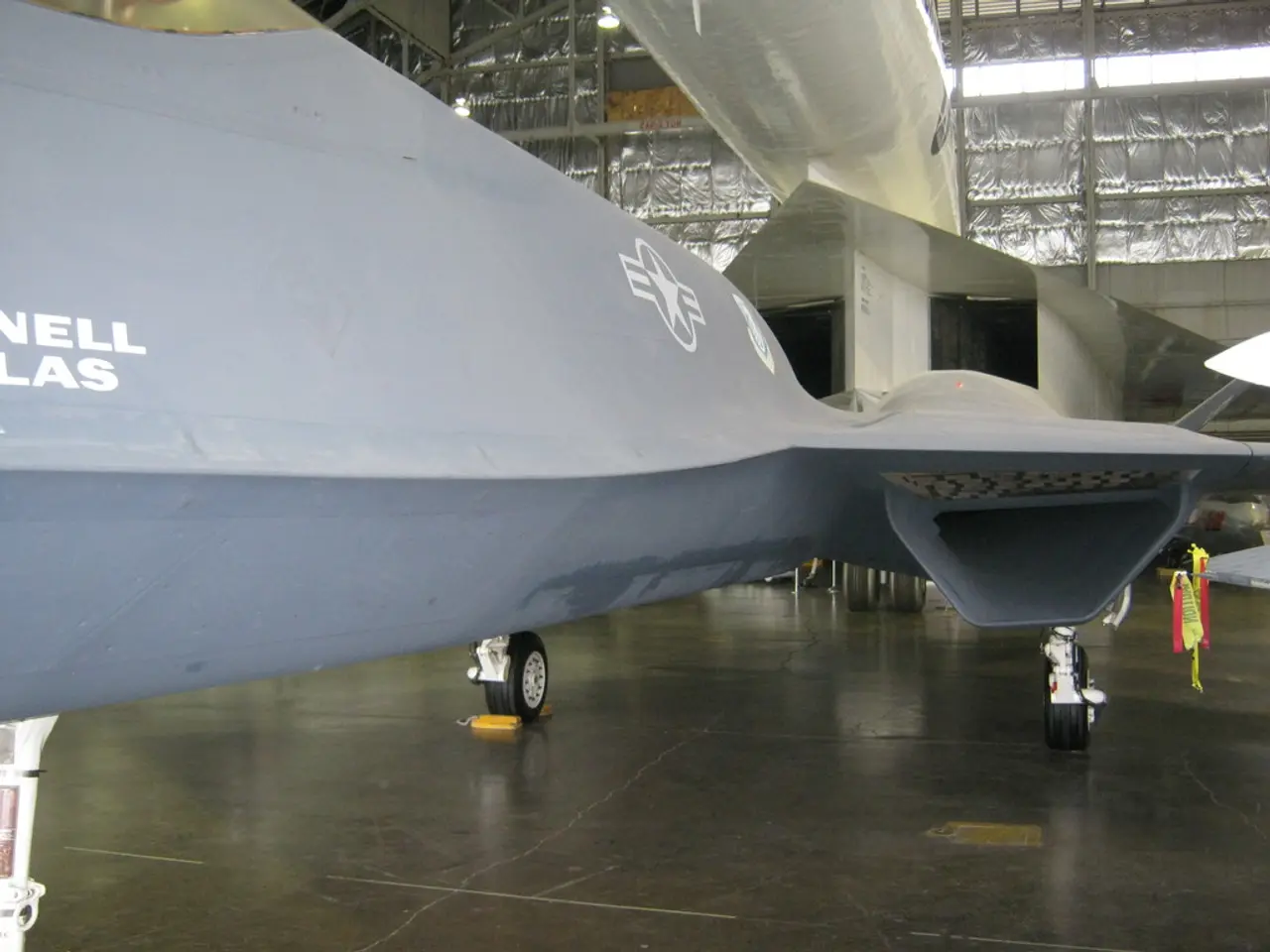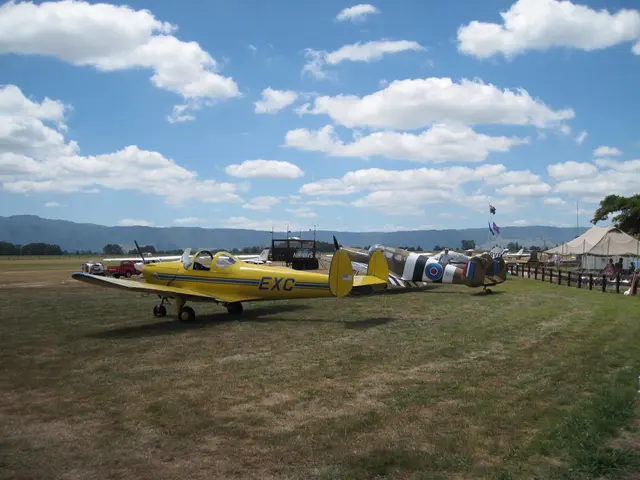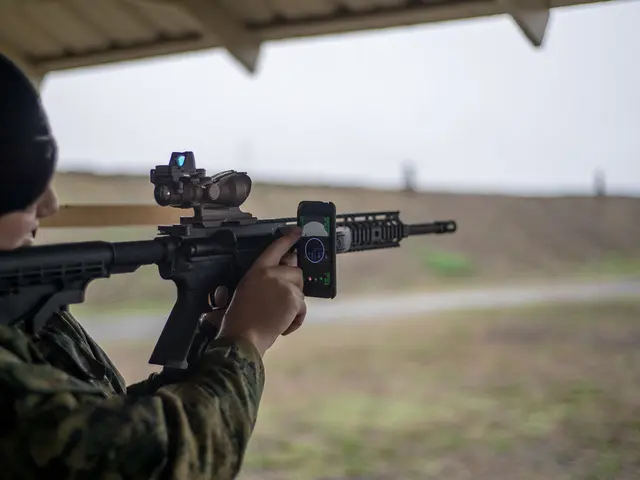Aviation's Remarkable Safety Journey: From Wright Brothers to Near-Zero Risks
The aviation industry has come a long way since the Wright brothers introduced powered flight in 1903. Initially met with skepticism, aviation has evolved into one of the safest modes of transport today. The Commercial Aviation Safety Team (CAST), formed in 1997, plays a significant role in this transformation.
The Wright brothers' first flight ended in an accident, setting a precedent for the industry's early challenges. However, each incident led to safety improvements. Today, the risk of dying in a U.S. airline accident is less than 1 in 98 million, and it's almost zero over the past five years. This remarkable safety record is a testament to the industry's shift from reactive to proactive and predictive approaches.
CAST, along with the Flight Safety Foundation, works tirelessly to identify risks and hazards before major accidents occur. They analyze data from over 89,000 global airplane accidents and 185,000 fatalities since 1903. Flight data recorders now capture data from every flight, enabling real-time analysis of emerging and troublesome events. This proactive approach has significantly enhanced aviation safety.
From its humble beginnings in 1903, the aviation industry has prioritized safety, evolving from reactive measures to proactive data analysis. Today, it stands as one of the safest modes of transport, with a nearly zero risk of fatal accidents in the U.S. The continued efforts of organizations like CAST and the Flight Safety Foundation ensure that aviation remains a safe and reliable means of travel.






